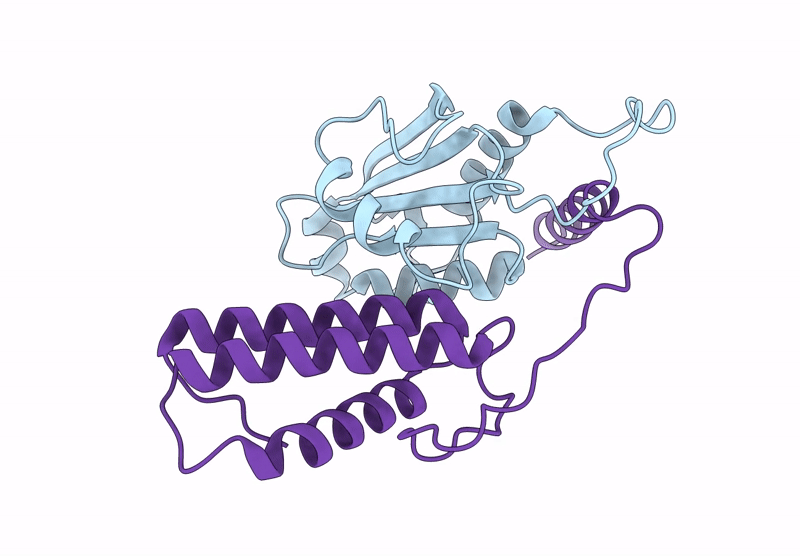
Deposition Date
2024-11-25
Release Date
2025-03-05
Last Version Date
2025-09-24
Entry Detail
PDB ID:
9EI2
Keywords:
Title:
Cryo-EM structure of Human RNA polymerase II Elongation Complex bound to an apo RECQL5 helicase (RECQL5 IRI Module focused-classified)
Biological Source:
Source Organism:
Homo sapiens (Taxon ID: 9606)
Host Organism:
Method Details:
Experimental Method:
Resolution:
2.80 Å
Aggregation State:
PARTICLE
Reconstruction Method:
SINGLE PARTICLE


